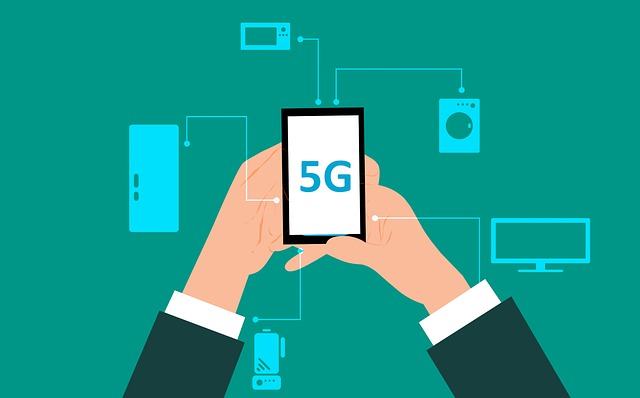
The world of IoT is rapidly expanding, as is its impressive repertoire of confusing terms and anagrams that pop up seemingly overnight. If you’ve heard of the term “cellular IoT” and don’t know what it meant or want to prepare yourself for the first time you do hear it, let’s dig into what this means as a term and for us as a whole.
What Is Cellular IoT?
Cellular IoT sounds complicated, but it’s very simple to wrap your head around. Do you know how your smartphone can connect to the Internet over a 4G network? It connects to a 4G transmitter that’s broadcasting over a specific area — or “cell.” This is why mobile phones are sometimes called “cellphones.”
When you realize that your mobile phone uses cellular networks to connect to 4G, cellular IoT gets a lot easier to understand. It’s the ability for an IoT device to beam its data to a wide area network without the need for direct cables, much like a cellphone. There are various cellular IoT network technologies being designed right now, all of which aim to serve the future of smart devices better.
What’s Wrong with 4G?

Before we dig into the new technologies, let’s look at why we’re making new cells when we have these already-established 4G networks all around us. Why can’t developers just use that?
Unfortunately, 4G has two contradicting problems; it’s either too powerful or not powerful enough for some IoT applications.
How 4G Can Be Too Powerful
Imagine a smart meter in a home. The ones that EDF Energy supply read at a maximum of once every half hour. Assuming the user has selected this option, a smart meter will, assuming a regular dual-fuel setup, transmit two numbers – the electrics and gas meters – every half an hour.
A 4G connection is an overkill solution for this operation. The high energy demands for connecting to 4G makes using it less than ideal. As a result, these devices would be better off using a network that sacrifices bandwidth for low-energy consumption and ease of connection.
How 4G Can Be Too Weak
On the other end of the spectrum, some IoT systems need more than 4G speeds to operate. One good example is automatic cars, which need to churn out a huge amount of data to prevent crashes. Using 4G for smart cars is inadequate, and they require something beefier before they can roll out onto the roads.
The New Cellular Networks

Now that we can see why our current infrastructure isn’t ideal for some IoT devices, let’s look at the new networks being rolled out to combat 4G’s shortcomings.
5G
Of course, the current king of cellular networking isn’t giving up its throne without a fight! 5G has been heralded as the network that will bring smart cars into a reality. Boasting a huge bandwidth and very low latency, it’s already being used to perform remote surgeries.
Narrowband-IoT (NB-IoT)
NB-IoT goes the opposite direction of 5G. While it’s not as powerful in terms of bandwidth, it uses less power, is cheaper to deploy, and has a wider range than 5G.
One of its main strengths is its ability to penetrate deep within buildings, giving all devices connected to it a strong signal. It’s also very good at supporting large numbers of devices — up to 100,000 per cell.
It only sports a download speed of 27Kbps and an upload of 62Kbps, so this is perfect for devices like the smart meter above. It’s also the network that Vodafone is pushing for expansion.
Long Term Evolution for Machines (LTE-M)
LTE-M, which also goes by the name CAT-M1, shares a similar goal with Narrowband-IoT; however, it uses a little more power for a little more functionality. This includes a 1Mbps download and upload speed, support for voice, and can handle devices on the move.
Unfortunately, it’s a little more expensive than NB-IoT and doesn’t penetrate indoors as efficiently, so it’s best for devices with a “medium” level of data transmission.
Why These Technologies Aren’t Racing Each Other

When it comes down to which of these technologies will win the IoT race, the answer is simple – they’re not even racing each other! Each network is so different from one another that they can easily co-exist and fill the niches they’re best suited for.
That’s not to say that these technologies won’t see competitors of their own, but in terms of these networks fighting one another, it’s more likely they’ll simply live and let live.
Buy and Cell
Cellular IoT sounds complicated, but in truth, it’s an easy concept to understand. Now you know how it works, as well as some of the main contenders for cellular IoT networks.
Which network do you think will see the most use? Let us know below.









